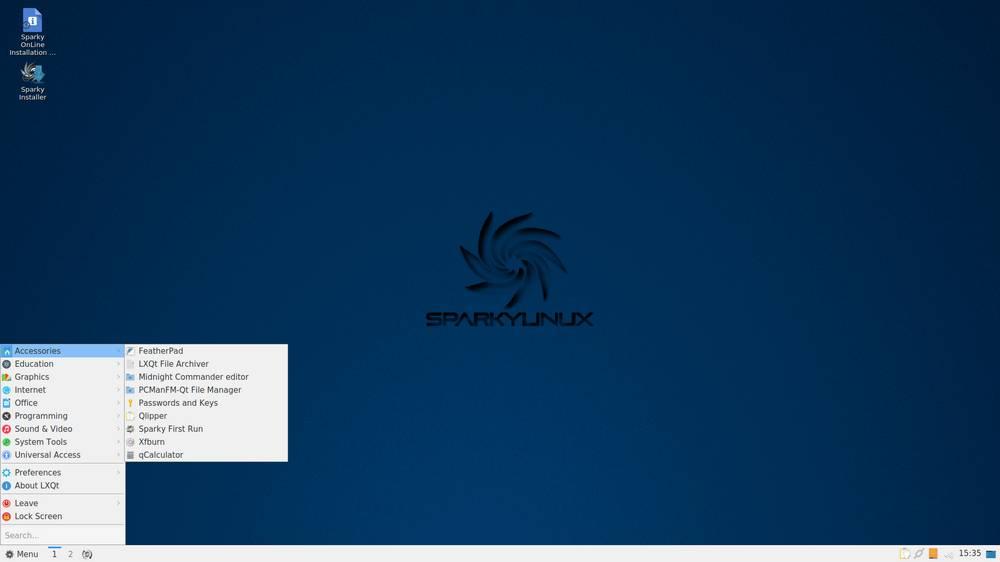

- #Sparkylinux advanced installer tutorial install
- #Sparkylinux advanced installer tutorial code
- #Sparkylinux advanced installer tutorial free
- #Sparkylinux advanced installer tutorial windows
We are interested in having Singularity () Get a better understanding of the configuration file options available to you.Īfter following this procedure, you can check the Singularity version like so: The default action is to keep your current version.Ĭonfiguration file '/etc/singularity/nf' Z : start a shell to examine the situation N or O : keep your currently-installed versionĭ : show the differences between the versions
#Sparkylinux advanced installer tutorial install
Y or I : install the package maintainer's version What would you like to do about it ? Your options are: => File also in package provided by package maintainer. => File on system created by you or by a script. The master branch changes quickly and may be unstable.Ĭonfiguration file '/etc/singularity/init' This is the default branch when you clone the source code, so you don’t have to check out any new branches to install it.
#Sparkylinux advanced installer tutorial code
Release branches may be less stable than code in a tagged point release. For instance, to install v3.0 with the latest bug fixes and enhancements checkout release-3.0.

Tags are expected to be relatively stable and well-tested. tag: GitHub tags form the basis for releases, so installing from a tag is the same as downloading and installing a specific release.Release branch, or from the master branch. When installing from source, you can decide to install from either a tag, a To install an older tagged release see older versions of the For example, if you’ve determined that you want the Python at /usr/bin/python3.9 to be the one that you’ll install Ansible under, specify that instead of python3.The following commands will install Singularity from the GitHub repo to /usr/local. The following instructions refer to this Python as python3. Locate and remember the path to the Python interpreter you wish to use to run Ansible. Installing and upgrading Ansible Locating Python These installation instructions only cover the officially supported means of installing the python package with pip.
#Sparkylinux advanced installer tutorial free
The ansible or ansible-core packages may be available in your operating systems package manager, and you are free to install these packages with your preferred method. Choose the package that fits your needs The following instructions use ansible, but you can substitute ansible-core if you prefer to start with a more minimal package and separately install only the Ansible Collections you require. Selecting an Ansible package and version to install Īnsible’s community packages are distributed in two ways: a minimalist language and runtime package called ansible-core, and a much larger “batteries included” package called ansible, which adds a community-curated selection of Ansible Collections for automating a wide variety of devices.
#Sparkylinux advanced installer tutorial windows
Windows without WSL is not natively supported as a control node see Matt Davis’ blog post for more information. This includes Red Hat, Debian, Ubuntu, macOS, BSDs, and Windows under a Windows Subsystem for Linux (WSL) distribution. Selecting an Ansible package and version to installįor your control node (the machine that runs Ansible), you can use nearly any UNIX-like machine with Python 3.8 or newer installed. Controlling how Ansible behaves: precedence rules.Virtualization and Containerization Guides.Installing Ansible on specific operating systems.Adding Ansible command shell completion.Selecting an Ansible package and version to install.


 0 kommentar(er)
0 kommentar(er)
